Last updated on May 28, 2024
I have a couple of trench watches in my collection. I am interested in these because they fall into the antique watch category and because they represent the birth of the wristwatch. However, there is another military type of antique watch that I have come across in my research, the WW1 cockpit watch. I am yet to add one to my collection as they tend to be quite rare. In this post, I will give a brief history of the cockpit watches of the British Royal Flying Corps during World War 1.
First flight
The Wright brothers are credited with the first controlled, sustained flight of a powered, heavier-than-air aircraft with the Wright Flyer on December 17, 1903, in Kitty Hawk, North Carolina. Aerial technology improved rapidly in the years that followed. However, in the initial years, the instruments available to pilots were minimal. The Blériot XI monoplane used by Louis Blériot to make the first flight across the English Channel on 25 July 1909 had only two instruments. An oil gauge indicated the condition of the engine and the tachometer indicated the speed of rotation of the propeller. Apparently, Blériot carried with him a Zenith pocket watch during the famous flight. Using the tachometer reading as a guide, he could have made speed estimates and therefore navigational decisions by using the watch. In addition, knowing the time would have allowed him to make estimations on fuel consumption.
The first ‘pilot watch’ was made a little earlier than Bleriot’s famous flight. In 1904, less than a year after the first flight, Brazilian-turned-Parisian Alberto Santos-Dumont was experimenting with heavier-than-air aircraft. In 1904 he requested, from his jeweller friend, Louis Cartier, a wristwatch that would allow him to tell the time without taking a hand from the controls. Santos-Dumont finally succeeded in flying a heavier-than-air aircraft on 23 October 1906. He piloted his 14-bis aircraft before a large crowd of witnesses at the grounds of Paris’ Château de Bagatelle in the Bois de Boulogne. His first flight was for a distance of 60 metres at a height of approximately five metres. He would have been wearing his Cartier ‘Santos’ wristwatch during this flight.
Royal Flying Corps
Less than ten years after the first powered heavier-than-air flight, military commanders were beginning to see the potential of the use of aircraft in war. Aircraft were viewed as being a cost-effective method of reconnaissance and artillery observation. A military committee suggested the formation of a flying corps. The recommendations of the committee were accepted and on 13 April 1912, King George V signed a royal warrant establishing the Royal Flying Corps (RFC). On the 1st of July 1914, the Royal Navy established its own specialist airborne division, the Royal Naval Air Service (RNAS). The RNAS and the RFC merged on the 1st of April 2018, to form the Royal Air Force (RAF).
First World War
The First World War was a global conflict that started on the 28th of July 1914 and continued until the 11th of November 1918. The role of military aircraft evolved over the period of the war. During the early part, the RFC supported the British infantry by directing artillery fire and providing photographic reconnaissance. This work gradually led RFC pilots into aerial battles with German pilots. This led to the development of scouts or fighter aircraft specifically designed to seek out and destroy enemy aircraft. These fighter aircraft were used later in the war to strafe enemy infantry and gun emplacements. Bombers were also designed to attack German military airfields and industrial facilities. All of these activities required accurate timekeeping for navigation and coordinate attacks. A watch in the cockpit was essential.
In early 1916, the RFC began regulating training standards, with pupils expected to fly at least 15 hours solo. Unfortunately, the ever-increasing demand for pilots at the front and a lack of training resources meant that many pilots arrived at operational squadrons unprepared for combat. Partly because of this, casualties rose sharply. By the spring of 1917, the life expectancy of a new pilot could be measured in weeks. This also affected the life expectancy of the cockpit watches. After a crash the pilot was expected to retrieve the watch from the cockpit and return to the squadron otherwise, they would receive disciplinary action. Of course, if the crash was fatal the watch would never return. The casualties from the RAF for the war totalled 9,378 killed or missing. This equates to a lot of unreturned cockpit watches.
Trench watches
In the trenches, the soldiers were adopting the new style of trench watches which were worn on the wrist. These proved to be far more practical than traditional pocket watches during trench warfare. The trench watch could reveal the time with a subtle turn of the wrist. This meant the soldier needn’t take his hand from his rifle to tell the time. In contrast, a pocket watch could take both hands to remove it from a tunic. Even though the ‘pilot watch’ was invented for Alberto Santos-Dumont in 1904, it was abandoned as a concept in favour of the panel-mounted pocket watches. The RFC and RNAS preferred the tried and tested technology at such a critical time and the conditions in the cockpit were less testing than those in the trenches.
Standard issue
The RFC and RNAS used standard-issue pocket watches, the Mark IV.A (1914) and the Mark V (1916). All of the examples of the Mark IV.A that I have seen used an 8-day movement. The Mark V used a 30-hour movement. I have no idea why they required an 8-day movement for a pilot’s watch. The Airco DH.2 was a single-seat biplane “pusher” aircraft that operated as a fighter from July 1915. Even the long-range bombers, such as the Handley Page O/400, had a maximum flight time of 8 hours. This indicates that there was no need for an 8-day movement. I assume that this was a standard that was in use by other services within the Armed forces and this was adopted by the aviation division.
The Mark IV.A and Mark V pocket watches were a standard issue that the pilots would fix into a bracket on the instrument panel. This is how they became known as ‘cockpit watches’. Both watches had a long winding stem and an oversized ‘onion’ crown. This allowed the watches to be wound during flight, inside their brackets, to maintain optimum accuracy.
The ‘Mark’ watches were made by various watchmakers. Mark IV.As were often produced by S Smith & Sons or H. Williamson Ltd. The Mark Vs were generally made by Swiss manufacturers such as Zenith, Omega, Doxa and Electa. As well as being issued to the RFC and RNAS, they were sold through selected retailers, such as Birch & Gaydon.
Criteria
Both the Mark IV.A and Mark V versions had a stringent set of criteria:
They required 15-jewel movements and the rigours of flight demanded adjustments for thermal variations, accuracy and shock-resistance.
The dial had to be large enough and clear enough for a pilot to tell the time in varying conditions. Early in the war, it became clear that white on a black background is more legible than black on a white background. This observation led to military watches adopting this highly legible format
The crown was oversized to allow the pilot to wind the watch whilst wearing leather flying gloves.
In the early days, most First World War aircraft only flew during daylight so luminous dials were not required. However, as the war progressed night missions became more common and luminous dials were required so that pilots could monitor fuel consumption and navigate in the dark. The watches were distributed in both luminous and non-luminous versions and this was normally printed on the dial. Of the surviving cockpit watches, the non-luminous version seems to be more common.
Dial markings
The Mark IV.A dials were branded with the maker’s name and the specifications that it met. For example, ‘non-luminous, H Williamson London, 8 DAYS, Mark IV.A, No 2367AC’. The Mark V watches did not carry the manufacturer’s names on the dial. However, they are identified by the letter codes assigned to each manufacturer. The codes were Zenith (CB), Omega (BB), Doxa (BE), Electa (BK), Octava (BG), Moser (CC), Record (BH) and Invicta (BD). Typically, the movements were still branded with the manufacturer’s name. The cast majority of the Mark V watches used a 30-hour movement. However, I have seen some Mark V watches listed as having an 8-day movement, an example is in The British Museum’s watch collection. Perhaps, there was a transition period between the Mark IV.A and the Mark V, where the 8-day movement was used before they adopted a 30-hour standard.
One of the reasons cockpit watches have individual serial numbers on the dial is to record which pilot was allocated the watch. This could be noted in the pilot’s pay book so if the cockpit watch was not returned their pay could be docked.
Cases and markings
The cases would have been made from a hard-wearing base metal, such as steel or nickel. These watches were tools made to work in the harsh environment of the battlefield. The case back would have been snap-off or hinged and had no embellishments. The case was marked using standard British military markings to indicate government ownership. The broad arrow or pheon has been used for centuries by the British government to mark government property. In the example shown below, the pheon indicates British government ownership and the ‘A’ represents ‘Aviation’. Other such markings include ‘WD’ for ‘War Department’. For the collector, case back markings are key identifiers and an added validation of authenticity.
At the end of the war, there were approximately 5,000 active pilots in the RAF. There were also nearly 10,000 lives lost. This would suggest that the total number of actual cockpit watches produced would have been in the low 10,000s. Many of these would have been lost in battle. Only a small number of these watches still remain, which makes them attractive to collectors of militaria. When the opportunity presents itself, I will be sure to add one of these watches to my collection.
Related content
A list of additional posts regarding antique watches can be found on the Guides page.
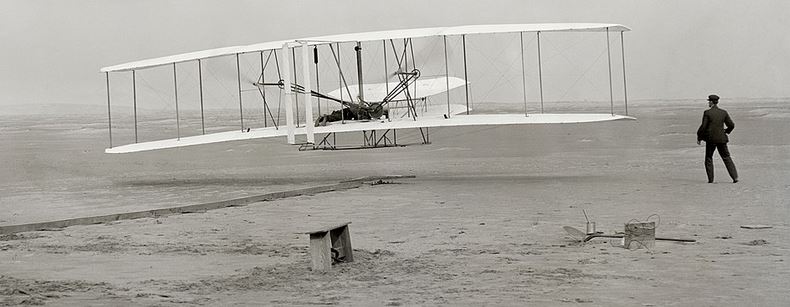
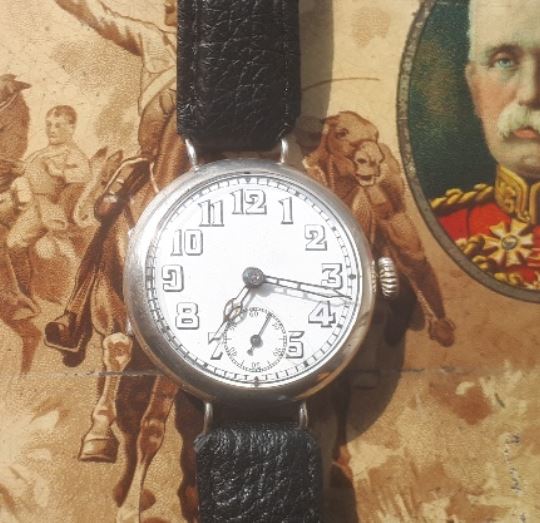
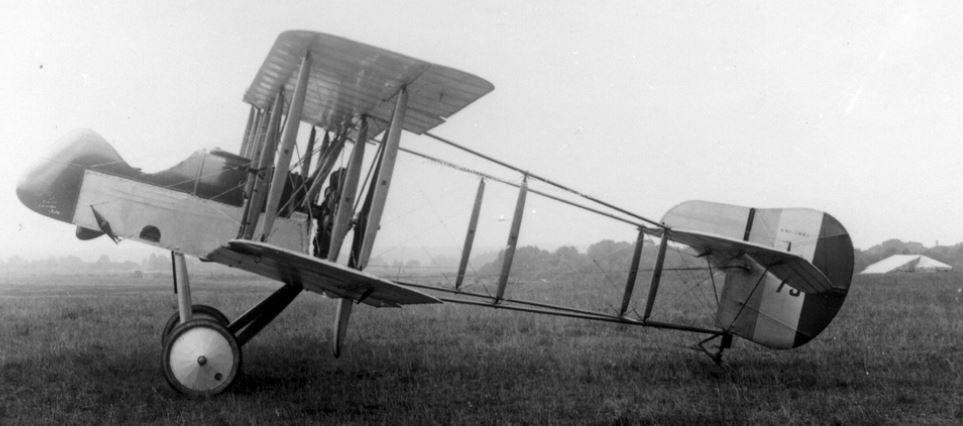

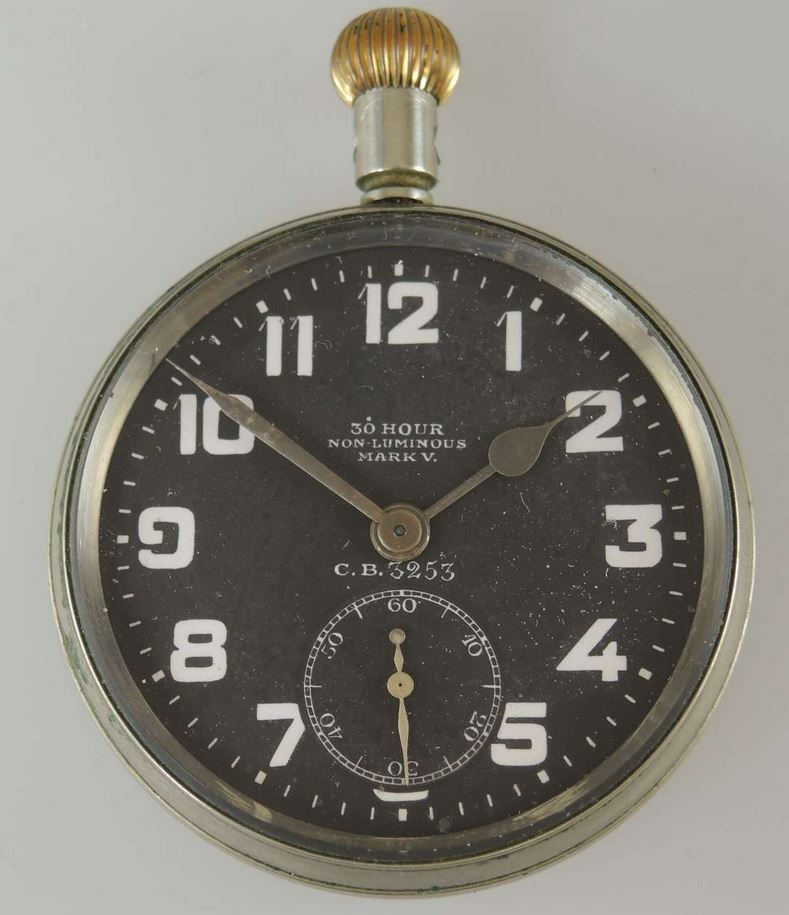
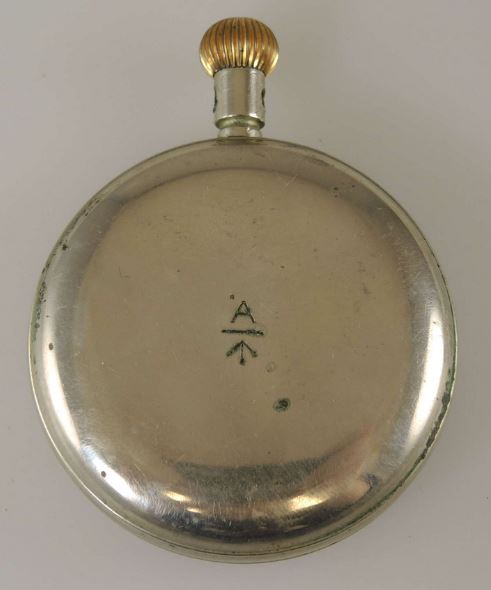

Hello, my dad has one of these Cockpit pocket watches that he wants to sell but I have no clue where to start. It is in full working order and a beautiful example. It is the Omega 30 hour no luminous mark V. Just like in the pictures above but more of a silver colour.
Hi Kelly, I suggest reading some of the collecting or buying guides at Time Worn watches. This should give you an idea of what makes a watch collectable and what factors contribute to its value. Also, look on auction sites for sold versions of the watch you are selling to get an idea of its market value. Finally, search for antique watch stores nearby that you could visit. They may be able to provide an appraisal or consignment service. I hope this helps, Jason
A really good read, thanks, found one of these which belonged to my great grandad. He was in the Navy. Got it working, and thanks to your write up have established it’s a Moser example.
Hi Clive, glad to help. Enjoy your Moser watch and thanks for commenting, Jason
Very helpful, thank you. I just today discovered a watch in my late Mum’s things. It clearly belonged to her father who was a pilot in the RFC, awarded the DFC. It is an Omega Mark V, non-luminous, 30 Hour. The Omega movement and case serial numbers exactly match 1916. The dial serial number is B.B.6403. The dial looks almost exactly like your photo of a Zenith but with larger numerals. The case back has the A and a much narrower pheon. Nowhere does it say Omega except inside the case and on the movement.
Hi Chris, glad to be of some help. Sorry, to hear about your Mother’s passing. It looks like you have an heirloom with some serious family history. The BB on the dial is certainly consistent with Omega cockpit watches from the period. Hopefully, it is still in good working order. I suspect that it has probably been sitting in a drawer for decades, so you may want to get it serviced as the lubricants in the watch have almost certainly dried out. There is a list of accredited repairers at the British Horological Insitute. It would be worth the expense to preserve the watch for future generations. Thanks for taking the time to comment, Jason.
A very useful article, for whih many thanks. I recently acquired an 8-day Octava non-luminous example, and was pleased to find out more about it.
Hi Stephen, glad to be of assistance with information regarding your antique Octava RFC pocket watch. I hope you enjoy using your WW1 cockpit watch. Thanks for taking the time to comment at Time Worn Watches, Jason
Ht,
What an interesting read. I was given an Williamson Mark IV.A 8 day Cockpit watch AC. for Christmas. Mine also has the wording…R.A.F. Repair… I became interested in WWI and WWII watches after going through my late fathers mementos, in which he also had my grandads mementos. They both served in Wars, Grandad in WW1 and Dad in WWII, in which I found a Lemania wristwatch… did some research and am amazed at what they both went through… hence partner bought me the WWI R.A.F. watch, she hadn’t a clue and neither have I really, she went on the RAF and on the back of watch the crows foot and WD… so I am now carrying out some research on this cockpit watch. Again your article is a really good read with loads of information, thanks again.
Jac
Hi Jac, I’m glad the article was useful. The Williamson cockpit watch is a great gift, I hope you enjoy using it. The Lemania sounds very interesting too. If it dates to the second world war, it could be that it is a Dirty Dozen watch, which are of interest to collectors. You can read about Dirty Dozen watches on my vintage watch site, Set Back in Time. Thanks for taking the time to comment, Jason.